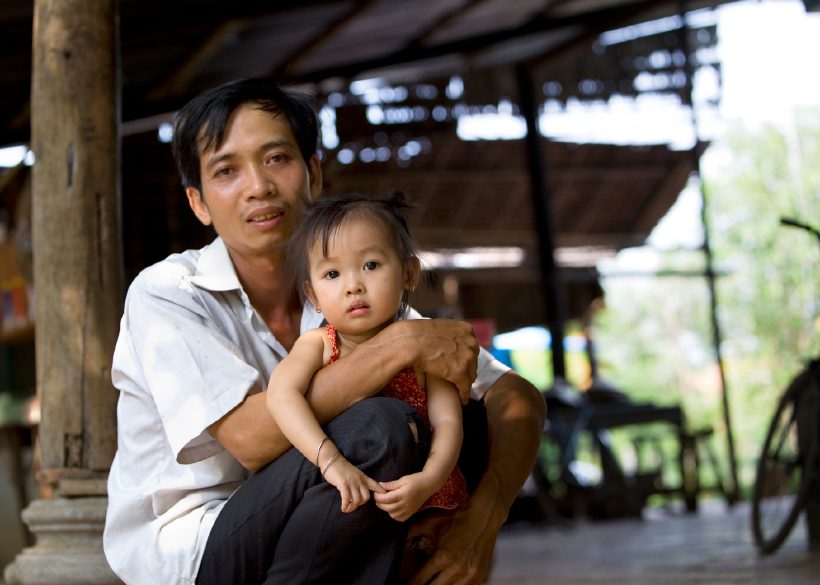
Vietnam report on child injury prevention
Thanks to unprecedented economic and social growth over the past two decades, injury is a major issue facing Vietnam’s government and citizens. This report highlighted the major risks and the leading causes of injury-related deaths among children, almost 8,000 each year, including:
- Drowning
- Road traffic injury
- Poisoning
- Falling
- Burns
- Animal bites
Many of these injuries can be prevented, and authors note that by implementing certain interventions such as education, training, legislation and environmental modifications, the rate of injury can be considerably reduced. Importantly, a great deal of interventions can be implemented at low cost, and comparably more affordable than the price of medical treatment, rehabilitation and the cost of treating injured patients both on the community and on families.
Injury is already on the agenda of national and provincial authorities in Vietnam, and a national policy has provided a framework for legislation to support a number of injury prevention activities.
As the issue still remains a national health priority, the review provides several key recommendations to the Ministry of Labour, Invalids and Social Affairs, as the main coordinator of child injury prevention activities in Vietnam, to continue to reduce the burden of childhood injury among Vietnamese children:
- Develop a comprehensive plan of action on child injury prevention in Viet Nam that includes legislative, enforcement and environmental changes to support existing education and public awareness campaigns. This plan should be integrated into any national strategy for child survival and development
- Enhance the cross-sector coordination of child injury prevention efforts
- Improve the quality of data about child injury situation (both mortality and morbidity) in order to readily measure the magnitude of child injury and to plan required services/programs
- Support child injury prevention research, particularly in the areas of the efficacy and effectiveness of child injury prevention programs;
- Improve access to healthcare services for injured children, particularly emergency and pre-hospital care; and
- Continue to raise public awareness and mobilize community’s response in child injury prevention.
Status
The authors concluded:
Building upon previous achievements in child injury prevention and translating many of the recommendations into reality will require continuous involvement and commitment of international organisations, government and non-government agencies, community leaders, the media, the burgeoning private sector and the community as whole. A better coordination of efforts made by all stakeholders will ensure better use of resources available to reduce the burden of injury and improve the overall health and wellbeing of children in Viet Nam.


